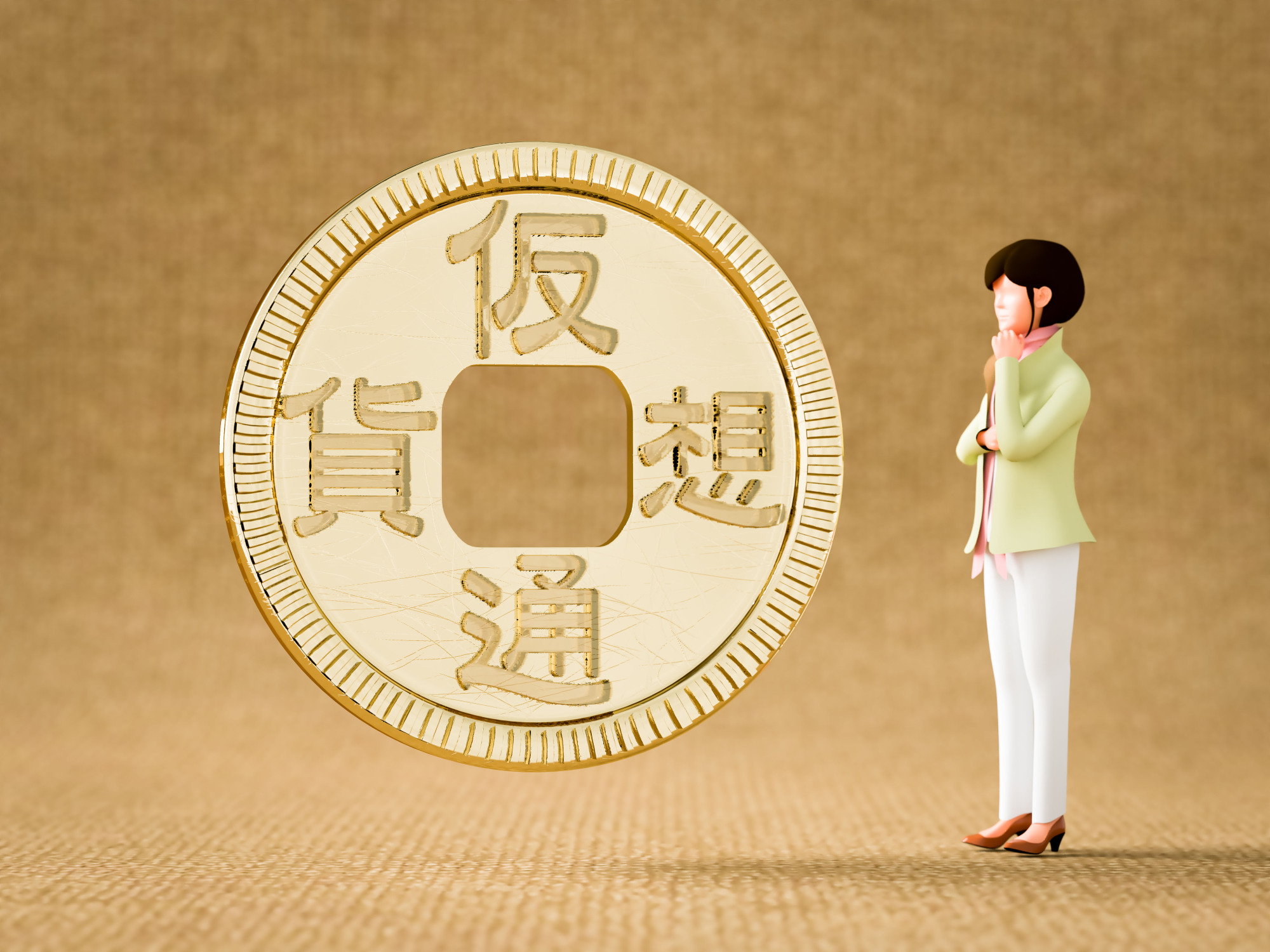The other day, I found myself standing behind a group of tourists from Dubai who were clustered around the 券売機 (kenbaiki, ticket machine) in Omotesando Station. They asked me if the machine could take credit cards and I told them it couldn't and that they'd be better off using 現金 (genkin, cash) for a single-ride ticket.
Many Japanese like to think we live in a キャッシュレス社会 (kyasshuresu shakai, cashless society) but the reality is that genkin reigns supreme — even as the government endorses 電子マネー (denshi manē, electronic money or prepaid cards) and the rest of the world moves to abolish small お札 (o-satsu, bills) and 小銭 (kozeni, change) altogether. The idea to take 一円玉 (ichi-en dama, one-yen coins) and 五円玉 (go-en dama, five-yen coins) out of circulation has been floating around for the past decade, but at most レジ (reji, cash registers) you'll still see people fumbling to fish them out of their pockets.
Historians and consultants such as Takao Ogasawara have pointed out that Japan is still kind of new to Western-style 資本主義 (shihonshugi, capitalism) and newer still to the concept of フィンテック (fintekku, financial technology), which may account for the delay in ditching physical cash. Sure, the money-savvy have switched to スマホ決済 (sumaho kessai, paying via a smartphone app) and オンラインバンキング (onrain bankingu, online banking) that allow you to make payments, track finances and earn points. The rest of the Japanese, however, remain uncomfortable about breaking up with genkin altogether. Besides, sumaho kessai isn't an option at places that count, like 祭り (matsuri, festivals), small 飲み屋 (nomiya, drinking places) and my neighborhood bakery.


















With your current subscription plan you can comment on stories. However, before writing your first comment, please create a display name in the Profile section of your subscriber account page.